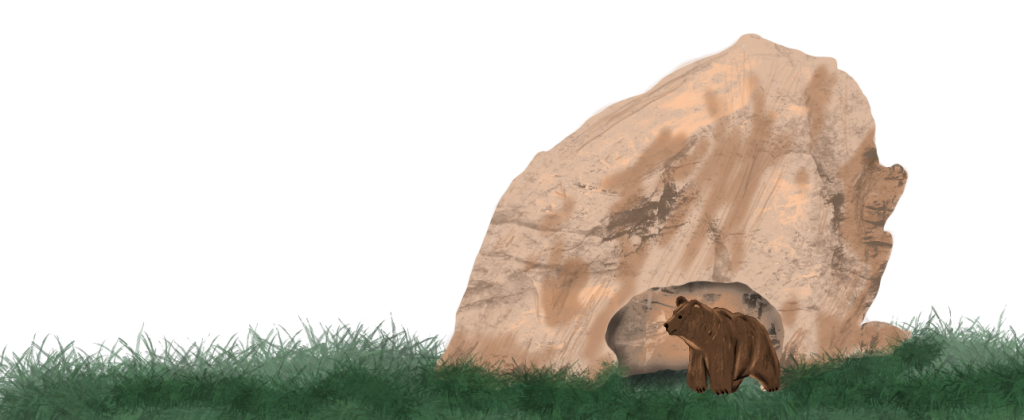Many places, relics and even people become lost and forgotten throughout history. Their stories are eroded by the river of time meandering through our world. Stretching for hundreds of miles under present-day Italy, the catacombs of Rome preserve many of the stories of those fallen. And part of it has to do with the geology of the tunnels.
During the second century, Roman law prohibited the burial of the dead inside the city. According to Rome.net, Christians who disagreed with the pagan custom of burning the dead built many of the catacombs as a place for burial just outside the city walls. Jews and pagans alike also buried their dead in catacombs, partly because of the law and partly because of the “lack of space and high price of land” above ground.
Rome.net also said that the catacombs served as a sort of “refuge” for Christians to honor their fallen amid the persecution taking place at the time. Many of the gravesites are marked with Christian symbols and artwork. In the catacombs of St. Callixtus alone, almost half a million Christians were buried there, though most of the bodies have been relocated. This includes several martyrs and 16 popes, according to The Christian Catacombs of Rome website.
In the year 313 AD, the Edict of Milan was issued, easing Christian persecution. As a result, Christians in Rome were allowed to bury their dead both inside and outside of the city, and they could purchase land for burial sites without the fear of it being confiscated. The Christian Catacombs of Rome website said Christians continued to bury their dead in the catacombs until the fifth century.
When barbaric tribes attacked Rome, they raided the catacombs, desecrating burial sites and looting relics from crypts. Since their entrances became obscured or destroyed, many of the catacombs were abandoned until later years. Some archaeologists speculate that there are hidden passages in Rome that no one has explored in centuries, their only inhabitants being the dead.
So how was it possible that these catacombs were even created in the first place? And how have they been able to survive for so long? Geology can answer that.
The official website of the Holy See stated that the catacombs were built “in tuff” and “other easily removable but solid soils so as to create negative architecture.” Essentially, the soil allows the catacombs to be carved out of the earth while also remaining stable and providing structure for the tunnels and crypts.
The catacombs are found in central and southern Italy. They couldn’t have been built with soil that was too hard to dig or too soft or it would provide no structure. On top of that, the catacombs never could have been built under cities like Venice, that rise from a lagoon.
The earth surrounding the passages also allowed for “surface apertures” in some areas. According to the Catacomb Society, these openings in the ceiling of the tunnels allowed the tomb builders to remove the soil and rock they were carving out. Sunlight filters into the dark passages through these openings.
Many of the Christian symbols and artwork, like the symbols marking the graves or the frescoes, are preserved due to the tunnels protecting them from the elements. The Christian Catacombs of Rome website states that, with marble being known for its ability to hold fine details, most of the symbols were carved into marble slabs.
Liberty students have the opportunity of traveling to Rome with LU Send for a semester abroad. One day, I hope to visit the catacombs myself, to stand in silence and in awe in the same tunnels that provided my Christian predecessors a refuge from persecution and a place to lay their dead to rest.
So, while we may not know the name of every person ever buried in the catacombs, we can piece together the story the winding passages tell. That is, until the dead rise again and can tell their story themselves.
Bear is the feature editor for the Liberty Champion. Follow her on X

